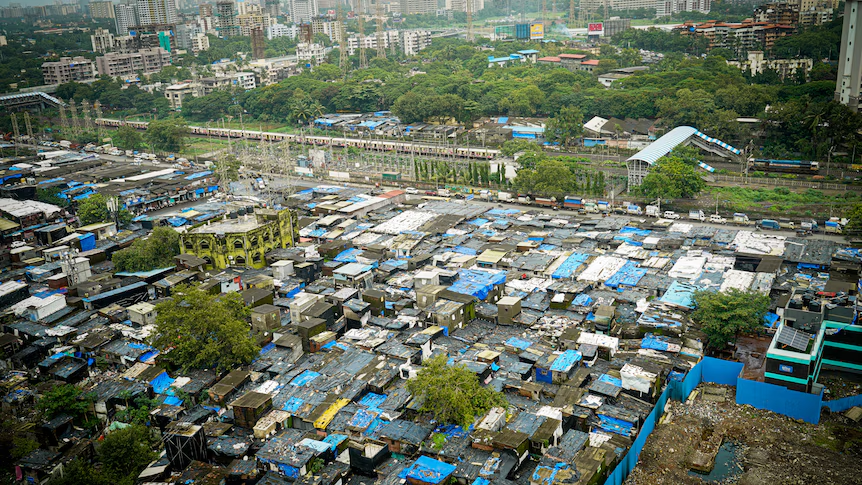The much-anticipated Dharavi Redevelopment Project (DRP) is set to commence construction within the next six to eight months, according to SVR Srinivas, the Chief Executive Officer of the Dharavi Redevelopment Project.
Addressing the Real Estate Forum 2024, organised by the National Real Estate Development Council (NAREDCO), Srinivas confirmed that the ongoing survey of Dharavi’s tenements is expected to conclude by March 2025. The Initial phase of construction will target the railway land within Dharavi, marking a significant step in transforming one of Asia’s largest slum clusters. “Thus far, we have surveyed around 10,000 tenements, both eligible and ineligible. A precise count of all tenements will only be available after the survey’s completion,” Srinivas noted.
Highlighting the inclusive nature of the project, Srinivas stated, “Dharavi represents a unique slum rehabilitation effort where both eligible and ineligible tenement dwellers will be provided housing. To accommodate the ineligible tenements, we require approximately 550 acres of land, for which an application has been made. However, no allocation has been received as of yet.” The Dharavi Redevelopment Project Pvt Ltd (DRPPL), a joint venture between the Government of Maharashtra and the Adani Group, has embarked on an extensive data collection exercise to gather details from the vast number of informal residents in Dharavi. This initiative is hailed as one of the largest urban rejuvenation projects worldwide and a pivotal step toward making Mumbai slum-free.
In November 2022, the Adani Group emerged victorious in the bid to lead the project, committing an initial investment of ₹5,069 crore out of the total estimated project cost of over ₹20,000 crore. The redevelopment plan aims to revitalise 296 acres of the sprawling 600-acre slum area, which gained global recognition as a backdrop in the Oscar-winning film “Slumdog Millionaire.” Dharavi, with its prime location and enormous commercial potential, stands at the cusp of a significant transformation. The project is seen as a crucial component of Mumbai’s broader urban renewal strategy, aimed at providing sustainable housing and improving living conditions for millions.




